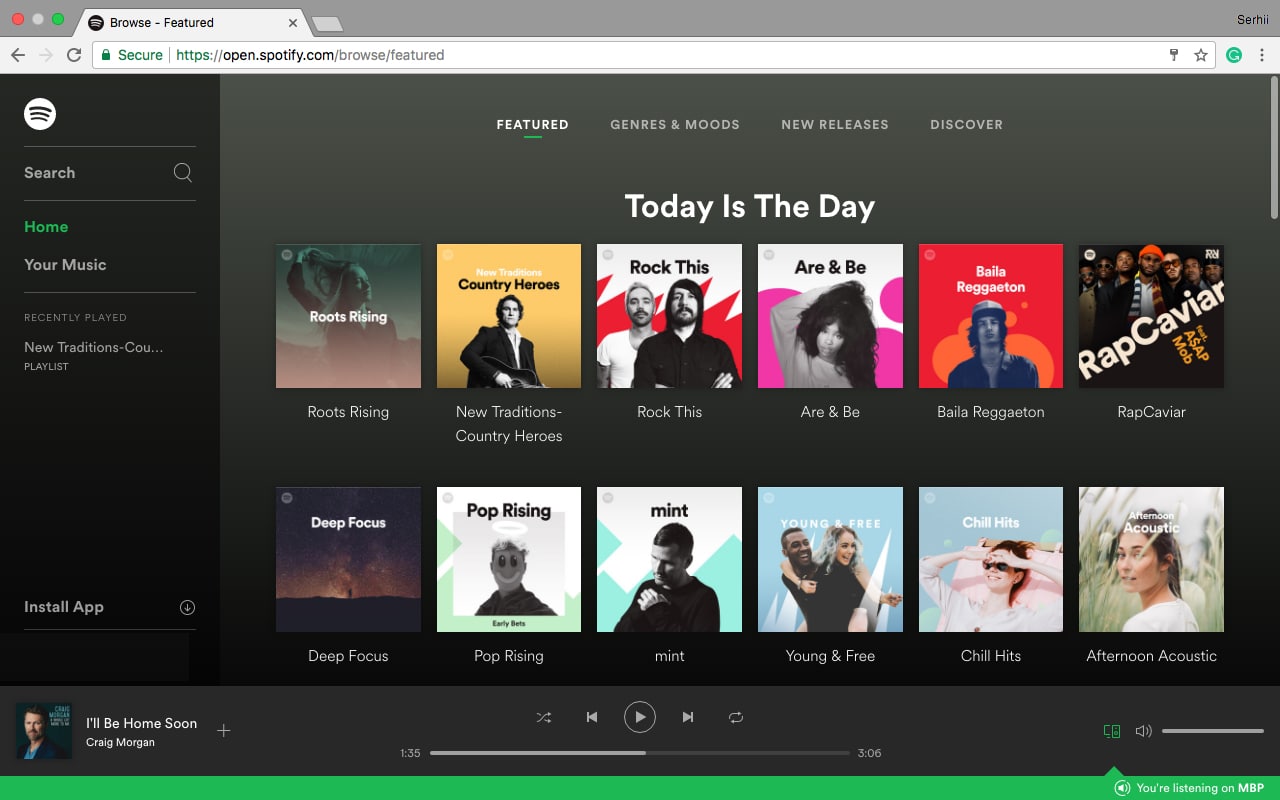

Source: Own image Spotify’s AcquisitionsĢ014 Spotify acquired Echonest, a MIT related start-up for music intelligence, for 100 million dollars.

Spotify’s sections like Jump back in are also called Shelves.ĭata & Models Spotify uses.

The home screen is created and curated by an AI called BaRT (“Bandits for Recommendations as Treatments”), which will be explained in detail further. Other sections of the cleverly arranged home screen are Jump Back In, Recently Played, or Recommended for today. The recommended playlists include Discover weekly, B Side, Release Radar, your mixtapes, and many more. So, let’s take a closer look at how the Spotify algorithm works, but first the basics: Spotify Home ScreenĪt the center of the Spotify, recommendation system is the home screen which is peppered with many customized playlists and recommendations. In other words, data and algorithms are Spotify’s opportunity to not be crunched between Apple, Amazon, and Google and so far they do a pretty good job. The better Spotify understands the users and the greater the customer experience is, the more users can be convinced, converted to paying customers, and held as customers. To deliver the best service to them, there is one thing at the heart of Spotify: Algorithms & Machine Learning. To do so, two peer groups have to be in the focus of Spotify: artists and users. subscribers ) in the music streaming market but has to maintain its position between American giants like Apple (Apple Music), Amazon (Amazon Music), and Google (YouTube Music). Nowadays, Spotify is the biggest player (with 365 Mio. Since then music on CDs and DVDs has left all our lives and the music industry changed a whole lot. In 2008 Spotify started changing the world around music by introducing music streaming. Source: Photo by Alexander Shatov on Unsplash


 0 kommentar(er)
0 kommentar(er)
